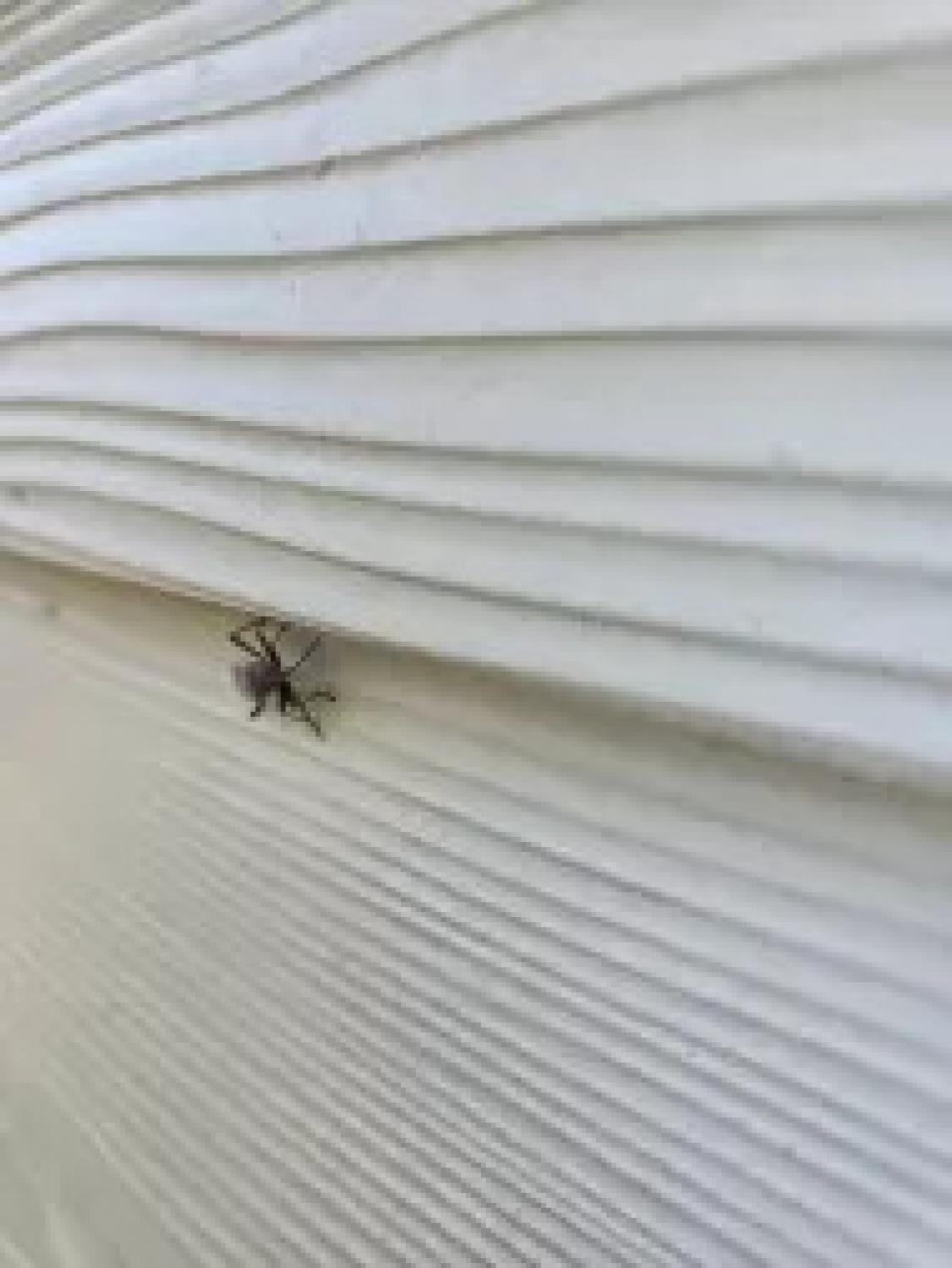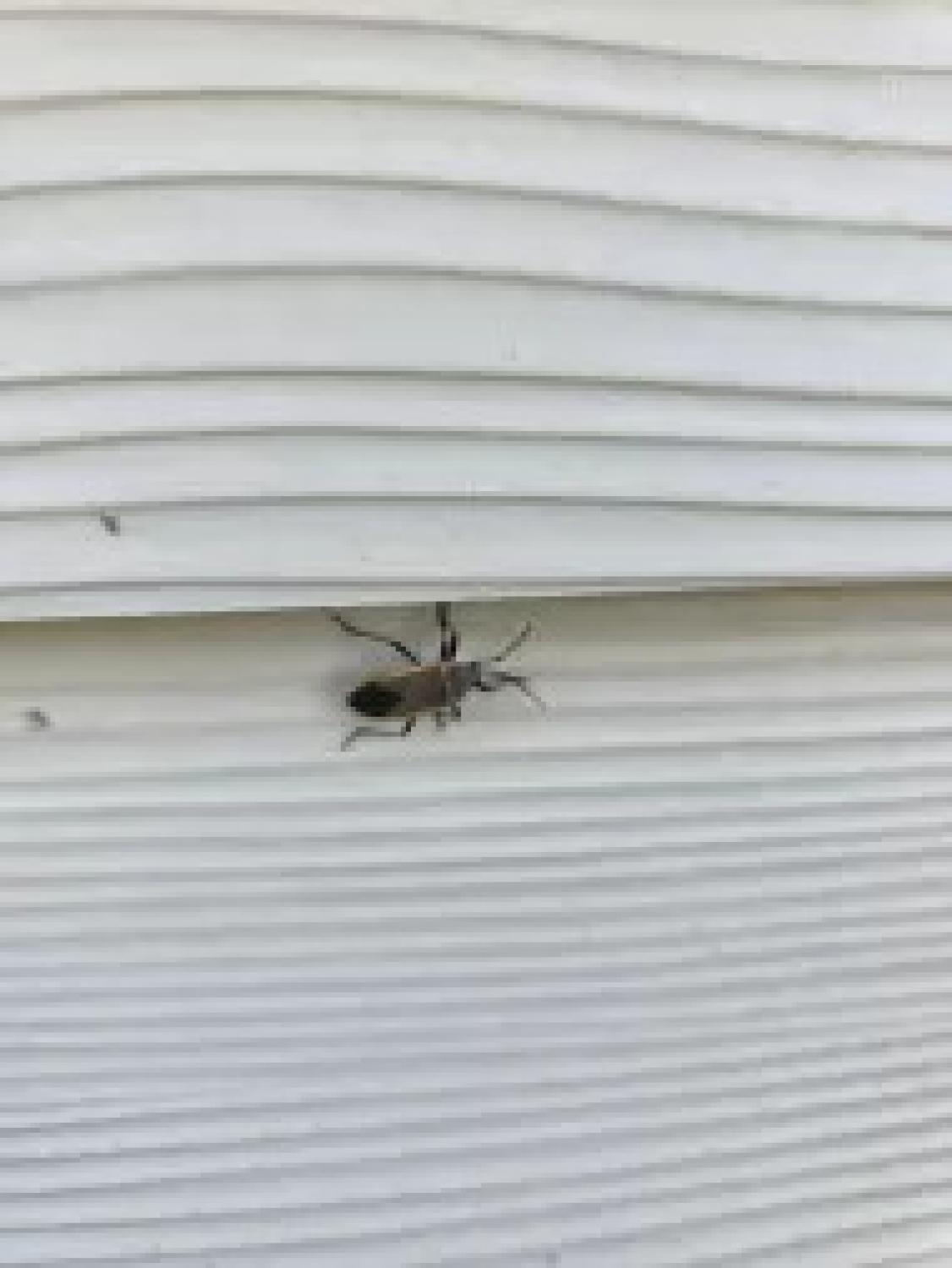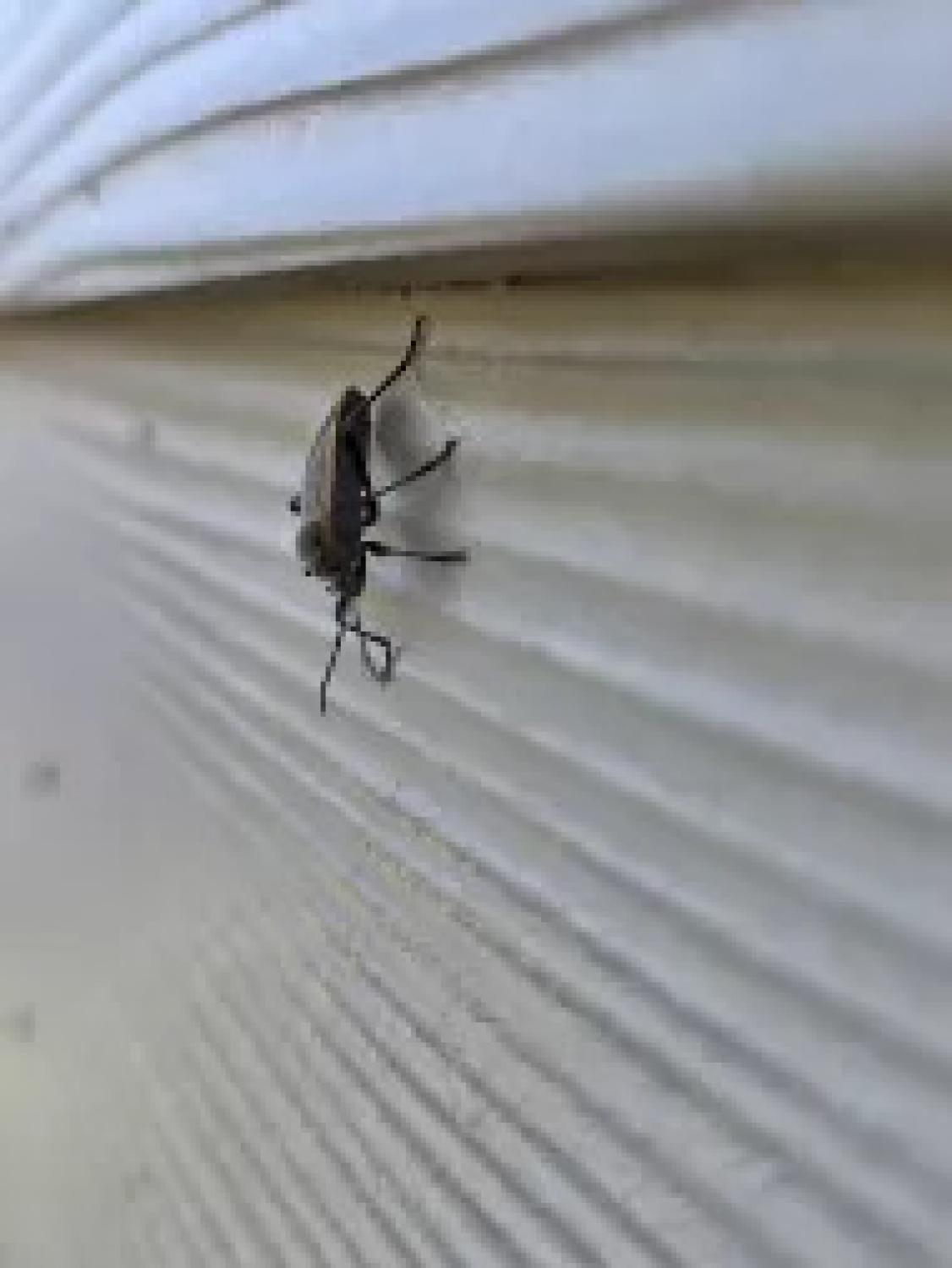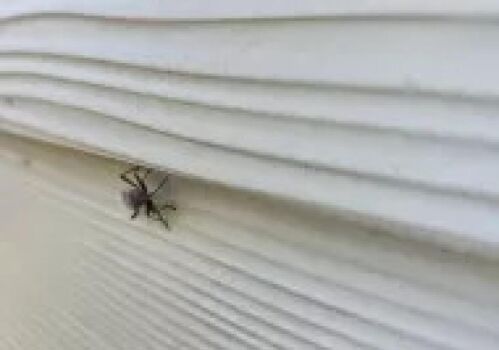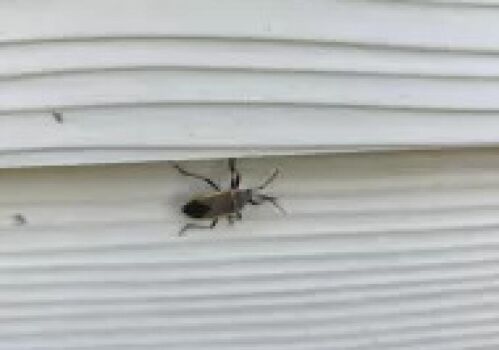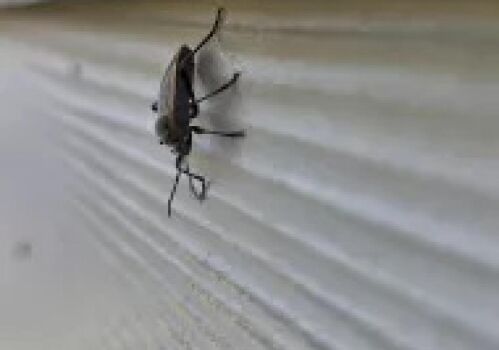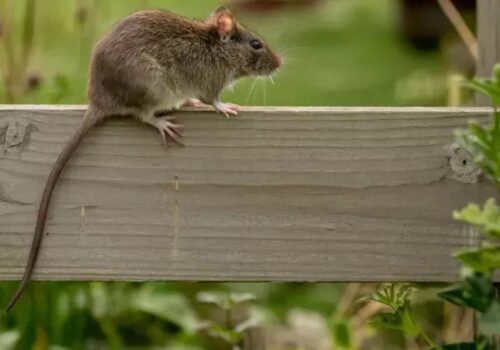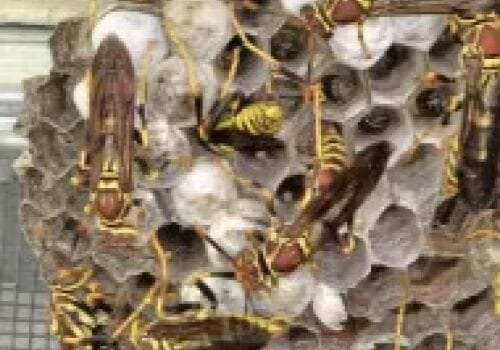A Closer Look at How Bordered Plant Bugs and Ants Work Together
Sprucewood Ln, San Antonio, TX, US, 78216
Description
Introduction
The bordered plant bug is a fascinating insect known for its unique behaviors. Discovered notably during exterior spraying, their presence has piqued the curiosity of entomologists and nature enthusiasts alike.
Description of Bordered Plant Bug
Physical Characteristics
The bordered plant bug is easily recognizable by its distinct color patterns and size, making it an interesting subject for study.
Habitat and Distribution
These bugs are commonly found in specific regions, preferring habitats that cater to their survival and reproductive needs.
Life Cycle and Development
Nymphal Stage
During this developmental stage, bordered plant bug nymphs exhibit unique behaviors that are essential to their growth.
Adult Stage
As they mature into adulthood, these bugs adapt their behaviors to optimize survival and reproduction.
Unique Behavioral Aspect: Anting
Definition of Anting
Anting is a fascinating behavior where these bugs interact with ants in a symbiotic manner.
Mechanism of Anting in Bordered Plant Bug Nymphs
Nymphs of the bordered plant bug engage in anting by using specialized glands to secrete substances beneficial to ants.
Purpose of Anting Behavior
This behavior fosters a mutually beneficial relationship, enhancing survival prospects for both the bugs and the ants involved.
Symbiotic Relationship with Ants
The nymphs secrete a particular substance that attracts ants, forming a symbiotic bond that aids in their protection and sustenance.
Implications for Pest Control
Challenges Posed by Bordered Plant Bugs
These bugs present unique challenges for pest control due to their symbiotic relationships and survival strategies.
Considerations During Exterior Spraying
Understanding their behavior is crucial for effective pest management, especially during processes like exterior spraying.
Conclusion
Understanding the bordered plant bug, its behavior, and its ecological role is essential for appreciating biodiversity and developing effective pest control strategies.
FAQs
1. What are the distinctive features of bordered plant bugs?
These bugs are known for their unique coloration and pattern which make them easily identifiable.
2. Where are bordered plant bugs commonly found?
They inhabit areas that provide the necessary resources for their lifecycle, typically regions with abundant plant life.
3. What is anting and why is it significant?
Anting is a behavior where the bug interacts with ants, gaining protection and enhancing its survival chances.
4. How do bordered plant bugs affect pest control efforts?
Their symbiotic relationship with ants and unique behaviors can complicate traditional pest control methods, requiring more strategic approaches.
5. Why is it important to study the behaviors of insects like the bordered plant bug?
Studying their behavior helps in understanding ecological interactions and in developing sustainable pest management solutions.
</article
Comments



